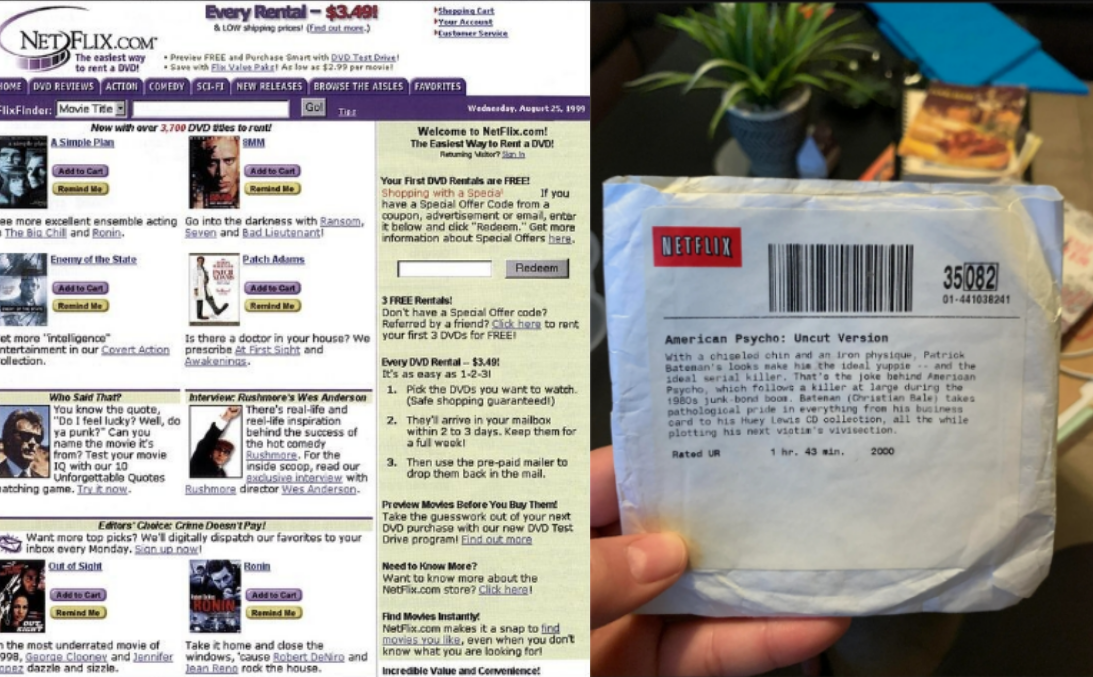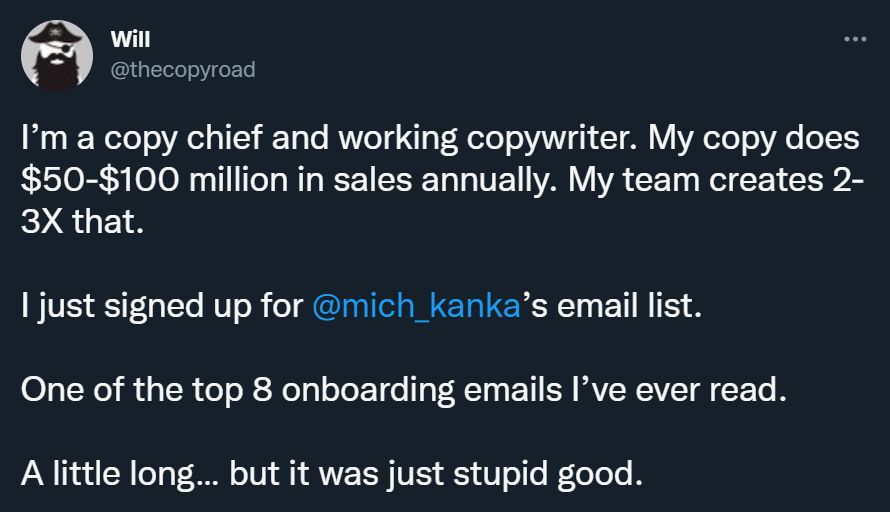How Netflix got its first customers?

It was called Kibble during its beta. It was sending DVDs with movies to people who ordered them online. The packages contained the movies ordered together with a sleeve for sending the DVDs back. The company paid all the shipping costs.
Before Reed Hastings and Marc Randolph set up the website, Randolph mailed a used CD to Hastings’ house. Reed confirmed the disc came safe and sound, and they knew that it could work.
Ordering movies on Netflix was fully automated. Users who ordered an out-of-stock movie were put into a queue. The business plan was based on a subscription of about $20. It wasn't anything new at that time to rent DVDs with movies, but Netflix let its users do it online. The process was very simple.
Reed gave $1.9 million as the angel investor. Marc raised another $100,000. He asked some investors to give him $25,000 each. Some of them agreed, and the last investor was Marc's mother.
They needed to create a demand for renting DVDs. Marc went to the Consumer Electronics Show in Las Vegas to talk to DVD manufacturers – Sony, Toshiba, and Panasonic. DVDs weren’t easily available yet, so customers were afraid of buying DVD players.
Marc offered the manufacturers a simple deal: customers in exchange for an increase in sales of their devices. Netflix would make people sure that buying DVD players would not be a waste of money - each Toshiba's DvD player would include a free coupons for Netflix. Toshiba accepted that offer.
Get your
"oh sh*t, this might work for us!"
moment in the next 5 minutes
Viral marketing case studies and marketing psychology principles that made hundreds of millions in months or weeks
In the first email:
- a step-by-step strategy that made $0-$30M within 9 weeks with $0 marketing budget (case study)
- cheatsheet (PDF) of 10 biases in marketing used by top 2% companies
Other than that:
- weekly original content that helps you STAND OUT by providing more perceived value with less work

(You won't find it anywhere else)

Explore Cognitive Biases in Marketing